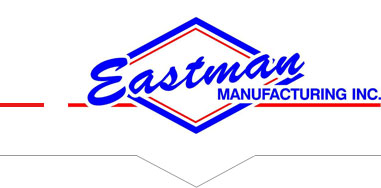General Considerations to Be Aware of When Deciding on a Hoist
While every industry has inherent discrepancies, there is one thing that most, if not all, industries share in common – equipment for heavy lifting. One of the more prevalent examples of this being hoist lines - a device known to have been invented before any official industrial society!
Hoists serve to vertically lift, relocate and support heavy objects through use of a drum or lift-wheel.
The basic components that allow for this to take place are through a hook at the fixed end which is attached to a trolley and another hook in free space that is used to directly handle the load.
Whether you are using hoist lines to lift engines, warehouse stock, and/or construction material, there are several properties you should take heed of to make them fit for purpose:
Capacity
This parameter is important when determining the weight a hoist can support. The factors that are contingent on this are frequency of use, power source, suspension structure, and the line material’s tolerance.
Speed
This determines the rate in which a weight can be raised, and is available in a variety of speeds. The factors that primarily affect this parameter are the weight and height of the load in question. Higher capacity hoists are generally associated with lower lifting speeds.
Material
The most common line materials are chain and wire rope. Material choice is important as it acts as the intermediary through which force will be applied to move the object. For example, while wire rope is generally recommended for moving heavy tonnage, chain hoists serve an important purpose for environments with more frequent exposure to corrosive chemicals.
Power Source
As you may expect, these supply the necessary energy needed for hoist lines to successfully lift and relocate objects. The delivery of power is dependent on several factors; while electrically powered hoists are generally used, gasoline or diesel models are used when portability is required.
Additionally, should a facility have to take caution surrounding electrical sparks, then hydraulic or pneumatically powered hoists can mitigate these concerns.
Headroom
A measure of the distance between the load placed on the hook to the support beam where the hoist is mounted on. Small headroom may be necessary for facilities where free and unobstructed space is a commodity for users.






